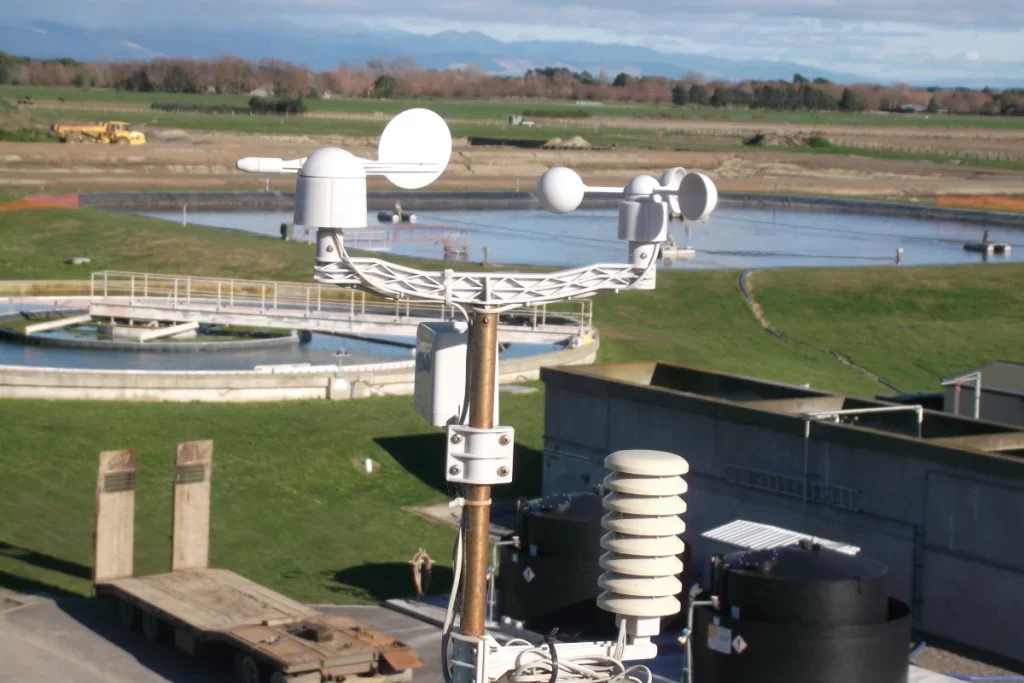Definition of Anemometer in Meteorology

# Definition of Anemometer in Meteorology
An anemometer is a device used in meteorology to measure the speed and direction of wind. It is an essential tool for weather forecasting, aviation, and environmental monitoring. The term “anemometer” is derived from the Greek word “anemos,” meaning wind, and “metron,” meaning measure.
## Types of Anemometers
There are several types of anemometers, each designed for specific applications:
– Cup Anemometer: This is the most common type, consisting of three or four cups mounted on horizontal arms. The cups rotate when wind blows, and the speed of rotation is proportional to the wind speed.
– Vane Anemometer: Also known as a windmill anemometer, it uses a propeller to measure wind speed. The propeller is aligned with the wind direction, and its rotation speed indicates the wind speed.
– Hot-Wire Anemometer: This type uses a heated wire that cools down when exposed to wind. The rate of cooling is used to determine the wind speed.
– Ultrasonic Anemometer: It measures wind speed and direction using ultrasonic sound waves. The time it takes for sound to travel between sensors is used to calculate wind parameters.
## Applications of Anemometers
Anemometers are used in various fields, including:
– Weather Forecasting: Accurate wind measurements are crucial for predicting weather patterns and issuing warnings.
– Aviation: Pilots rely on anemometers to assess wind conditions for safe takeoffs and landings.
– Environmental Monitoring: Anemometers help in studying wind patterns and their impact on ecosystems.
– Wind Energy: They are used to assess wind resources for the development of wind farms.
## Importance of Anemometers
Anemometers play a vital role in understanding and predicting weather conditions. They provide critical data that helps in making informed decisions in various sectors, from agriculture to disaster management. By measuring wind speed and direction, anemometers contribute to the safety and efficiency of numerous activities dependent on weather conditions.
In conclusion, the anemometer is an indispensable tool in meteorology, offering precise measurements of wind parameters that are essential for a wide range of applications. Its various types and uses highlight its significance in both scientific research and practical applications.
Keyword: define anemometer
